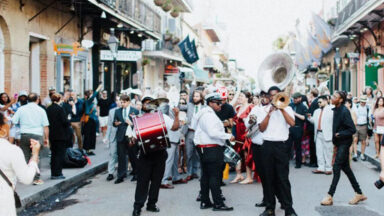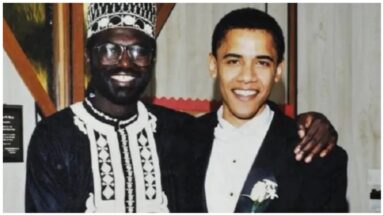By Aimee Ortiz and
As protests against racism and police violence spread across the nation, demonstrators in at least six cities focused their anger on symbols of the Confederacy, seizing the opportunity to mar statues and monuments that have ignited debate for years.
Many of the monuments were vandalized with spray paint; protesters tried to topple others from their bases. In response, at least two cities this week have seen them removed from public spaces.
In Richmond, Va., this weekend, graffiti was scrawled on the headquarters of the United Daughters of the Confederacy, and the building also burned for a time. Statues of the Confederate generals J.E.B. Stuart, Stonewall Jackson and Robert E. Lee, all of which stand on the city’s Monument Avenue, were marked.
[Virginia governor plans to order Confederate Robert E. Lee statue to be removed.]
Floyd Mayweather Is Paying for All Four of George Floyd’s Funerals
In Norfolk, Va., on Saturday, protesters climbed a 15-foot figure of a Confederate soldier and spray-painted its base. In Charleston, S.C., “BLM,” for Black Lives Matter, and “Traitors” were spray-painted in red on the base of the Confederate Defenders of Charleston statue, erected in 1932. In North Carolina, a Confederate monument at the State Capitol in Raleigh was marked with a black X.
And in Birmingham, Ala., on Sunday, protesters spray-painted the Confederate Soldiers and Sailors Monument, a 52-foot-tall sandstone obelisk, and chipped at its base. Then, according to news reports, they tried to topple it.
Even as workers arrived to tidy up the destruction, the protests have freshened the conversation around the fate of these controversial memorials, many of which have been the subject of legal challenges, especially in the years since a deadly white nationalist rally in Charlottesville, Va., in 2017 over the city’s plan to remove a statue of Lee.
In the weeks after Charlottesville, dozens of plaques, statues and other monuments to the Confederacy were challenged or removed from public places across the country. Since then, there has been no unified plan for what to do with these landmarks. Some have been auctioned, moved, stored, covered or dismantled in recent years; others have remained while legal challenges have played out or failed.
“The conversation has never really died,” said Lecia Brooks, outreach director at the Southern Poverty Law Center in Montgomery, Ala.
The group has estimated that at least 138 Confederate symbols have been removed from public spaces since 2015, when it started tracking them after a white supremacist killed nine black congregants at a church in Charleston, S.C.
Confederate monuments that survived the protests are facing renewed scrutiny as protesters, angered by the death of George Floyd in police custody in Minneapolis on May 25, have taken to the streets in at least 140 cities across the country.
A football coach in Murray, Ky., wrote a public letter to the town’s mayor on Tuesday asking for the removal of a statue of Lee — and offered to help take it down himself.
“I am a black male,” the coach, Sherman Neal II, wrote. “I am no longer willing to accept state-sponsored symbols of institutional racism in my community.”
In an interview, Mr. Neal said he wrote the letter because “you don’t get opportunities like this in history more than once in a lifetime to take action that can result in a change.”
Source: Confederate Statue Debate Is Reignited by George Floyd Protests



Recent Comments